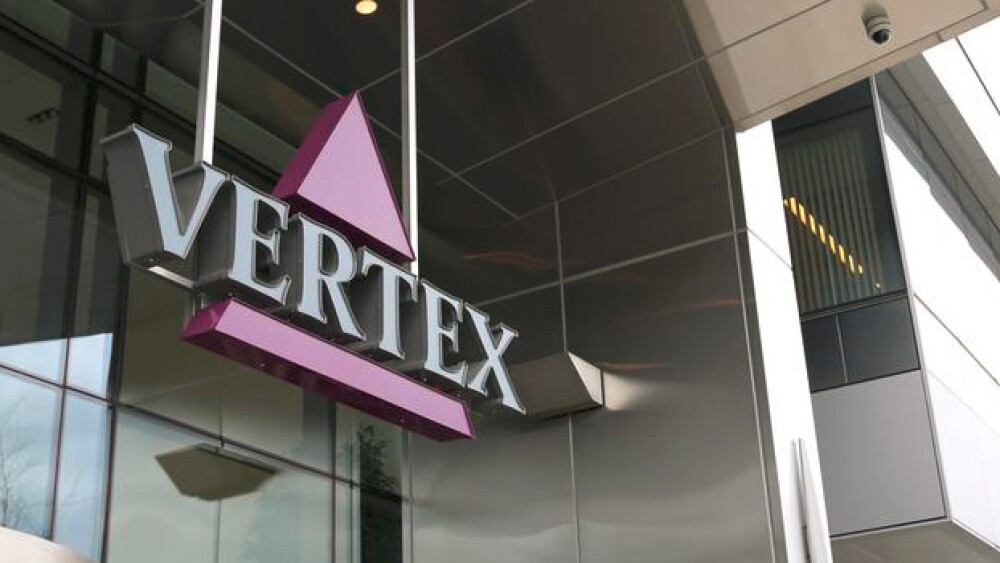Vertex Pharmaceuticals announced it is starting its first Phase III trial of VX-659, a triple combination of the VX-659, tezacaftor and ivacaftor for cystic fibrosis.
Vertex Pharmaceuticals announced it is starting its first Phase III trial of VX-659, a triple combination of the VX-659, tezacaftor and ivacaftor for cystic fibrosis (CF) in patients with one F508del mutation and one minimal function mutation.
The trial will enroll 360 patients. The primary endpoint is the mean absolute change from baseline in percent predicted forced expiratory volume in one second (ppFEV1) at the fourth week of treatment.
“Our goal is to bring the best triple combination to patients as rapidly as possible, and this first Phase III study of VX-659 in combination with tezacaftor and ivacaftor is a significant step toward that goal,” said Jeffrey Chodakewitz, Vertex’s executive vice president and chief medical officer, in a statement. “We’re pleased to initiate this study and look forward to working closely with the CF community to advance our two different triple combination regimens through Phase III development.”
The company has indicated that the three-drug cocktails have the potential to treat up to 90 percent of patients with CF, compared to 45 percent of patients that can be treated with the three commercially-available CF drugs.
The new trial will collect four weeks of efficacy data and 12 weeks of safety data. One surprise is analysts expected the U.S. Food and Drug Administration (FDA) would require four to six months—16 to 24 weeks—of safety data. That would have meant, in a best-case scenario, the triple-combo could be approved in early 2020. Under the new timeline, FDA approval is possible in the first quarter of 2019 with a potential launch by the end of 2019.
Michael Yee, an analyst with Jefferies, wrote in a note to investors, “Today’s news is an incremental positive and is consistent with our thesis that Vertex is pulling away faster on efficacy, safety and time to market, setting the bar higher for competitors as it makes patient enrollment more challenging and the market more fully penetrated. We think Vertex is likely to continue to move higher this year (particularly after the recent pullback) and believe it is a high-quality large-cap growth stock with revenues and earnings expected to triple over the next five years, unlike any other large-cap biopharma.”
Geoffrey Porges, an analyst with Leerink Partners, wrote in a note, “We spoke with members of Vertex’ management team following the press release yesterday evening, and they indicated that the high unmet need in the (patient) population, in addition to the promising existing triple combination data, led to a more flexible regulatory requirement in this indication.”
The triple combination drug is made up of Kalydeco, which was approved for CF in 2012, and tezacaftor and VX-659.
On February 12, the FDA approved the company’s double-combination, Symdeko (tezacaftor/ivacaftor and ivacaftor) for CF in individuals ages 12 and older with two copies of the F508del mutation in the cystic fibrosis transmembrane conductance regulator (CFTR) gene or who have at least one mutation that is responsive to tezacaftor/ivacaftor.
The double-combo Symdeko is awaiting approval in Europe, and is expected in the second half of this year.
CF is a rare, life-threatening genetic disease. It affects about 75,000 people in North America, Europe and Australia. It is the result of a defective or missing CF transmembrane conductance regulator protein. The defective protein is caused by mutations in the CFTR gene. In order to have CF, children must inherit two abnormal CFTR genes, one from each parent. There are about 2,000 known CFTR gene mutations.





